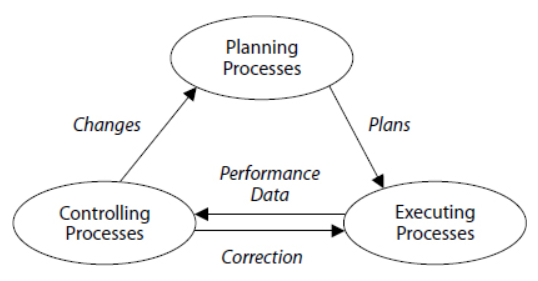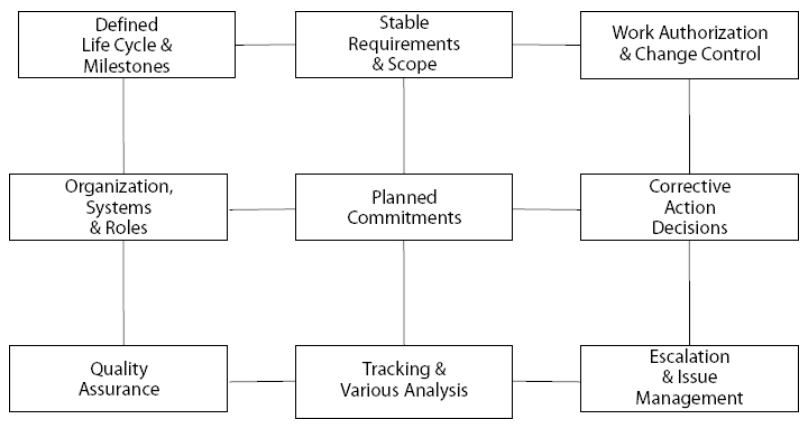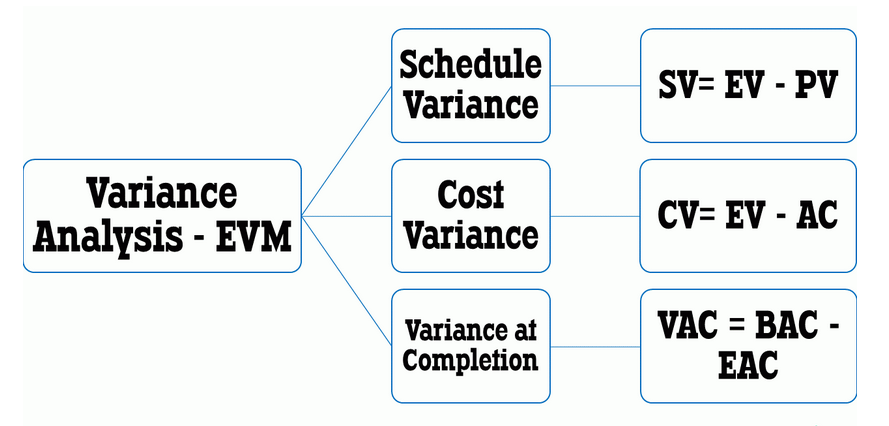Project management (PM) is an application of methods, processes, knowledge, skills, and experience to a particular project following the project acceptance standards and within established parameters. A major factor differentiates project management from common business management, since the former has a deliverable and definite period, unlike the later which is a continuous procedure. This paper will explain project management theories and practices that meet internationally recognized norms, project life cycle and milestones, as well as evaluation approaches and estimation of project duration.
Meeting International Project Management Practice
Project management practices have gained increased significance and visibility in most organizations; nonetheless, project management has remained a challenging endeavor. Most project managers are using modern project management practices that meet global standards such as activity lists, Gantt charts, kick-off meetings baseline plans, and progress meetings (Tereso et al., 2018). By utilizing the best PM practices, there is the addition of business value, greater realization of benefits and better management of the activities (APM, no date).
The project manager heading an international project and team requires having an international outlook of diverse political and legal environments, to navigate unpredictable changes or challenges. For the project managers to make an informed decision in an international set-up, they must:
- Research and accept cultural difficulties in a foreign country;
- Handle the practicalities of different geographical time zones;
- Safeguard the home-based team by according them support;
- Comprehend the difficulties of faraway locations and remote sites;
- Focus on appropriate communication channels across the board;
- Utilize suitable collaboration tools (Harrin, 2020).
Leading Edge Project Management Theory and Practice
Theory
A theory comprises mainly concepts and casual connection that relate to these identified ideas. A theory in project management must be prospective by revealing how activities contribute to set goals. In a general level, there is the occurrence of three probable actions: system design that is intended for making and designing; control of the systems to realize the intended product, and finally improvement of the systems (Boston University, 2017). Categorical project management should serve numerous functions, such as:
- It delivers an explanation of observable behavior contributing to understanding;
- Based on the theory, analyzing tools, designs, and control can be developed;
- When a theory is shared, it offers a common framework or language, whereby; cooperation of teams in collective accomplishments such as project and firm are enabled and facilitated;
- Theory shows direction by locating the sources of more progress;
- After categorical evaluation of theory validity, the practice produces learning outcomes;
- Innovation experiences may be transferred to other situations by initially conceptualizing a theory from intended practice and then be applied in the targeted conditions;
- A theory is overviewed as a concentrated piece of knowledge as it empowers new project managers to work like experts.

Practice
The adoption of project management best practices helps in improving the project success rate. Various practices have assisted the project manager in moving the project forward, on time and within the budget (LaPrad, 2019). These practices include:
- Definition of Life Cycle and Milestones: there is a need to define and map deliverables, phases, major milestones, and adequate criteria for every team involved in the project. The four phases of the project life cycle are concept, planning, implementation and closure.

- Stable Requirements and Scope: effective project management necessitates that, the project requirements, scope and objectives are documented and stabilized at the early stages in the project life cycle. Furthermore, project requirements have to be established in the concept phase.
- Distinct Organization, Systems, and Roles: every project should have a distinct role for the team members, functional managers, and project manager. There should be accountabilities for everyone hence interpersonal and leadership skills are crucial. The communication system and team collaboration are critical to the success of the entire project (Buehring, no date).
- Quality Assurance: the project quality calls for recognition of criteria and standards that are set in every phase of the project life cycle for both process and product. Quality entails meeting settled commitments that can be used to move the project to the next level.
- Planned commitments: the plans should be based on the processing capacity of the organization and not estimation. Furthermore, plans should be more than a schedule; thereby commitments comprise project planning, schedule, resource allocation, and staffing and budgeting.
- Tracking and Variance analysis: project ought to be managed using the exceptional procedure by which deviations from the projected plan are reported and solutions found. The practice is significant since it allows teams to continuously compare planned performance (Gaur, 2018).

- Corrective Action Decisions: whenever variances from the plan are noted, the default notion is that functional groups or the team will the project is on track. Nevertheless, as a last resort project presentation baseline may be reset.
- Escalation and Issue Management: an efficient escalation process needs issues and challenges to be worked on immediately by the lowest suitable level. However, if the issues are not resolved at that level, then they should be elevated to a higher level in line.
- Work authorization and change control: According to Westland (2020), change control is a technique that is used to manage any alteration requests impacting the baseline of the project. It captures that alteration from the point of detection through each stage of the project cycle.
Evaluating Approaches for Estimation of the Duration Taken to Accomplish the Project
Precise time estimation is a critical skill in project management since without it the stakeholders will not know how long their project will take (ActiTIME, no date). Accurate time estimation can be achieved by using the following approaches:
- Step one: Understanding what is needed: there should be an identification of the work required to be accomplished within the project by using tools such as work breakdown structures, business requirements analysis, drill-down, and Gap analysis (Ballesteros-Pérez, 2017).
- Step two: Ordering of Activities: entails a listing of all activities identified in the order they are supposed to happen.
- Step three: Deciding on whom to be involved: the project manager may do the estimate and then brainstorm the team or can ask either in the group to contribute to come up with a conclusive decision.
Reference List
ActiTIME (no date) The role of time estimation in project management. Web.
APM (no date) What is project management? Web.
Ballesteros-Pérez, P. (2017) ‘M-PERT: manual project-duration estimation technique for teaching scheduling basics’, Journal of Construction Engineering and Management, 143(9). Web.
Boston University (2017) The modern project: Mindsets, toolsets, and theoretical frameworks. Web.
Buehring, S. (no date) Project management success with the top 7 best practices. Web.
Gaur, A. (2018) Variance analysis in project management. Web.
Harrin, E. (2020) 6 Tips for managing international project teams. Web.
LaPrad, L. (2019) Project management best practices. Web.
Tereso, A. et al. (2018) ‘Project management practices in private organizations’, Project Management Journal, 50(1), pp. 6-22. Web.
Westland, J. (2020) What is change control in project management?. Web.
